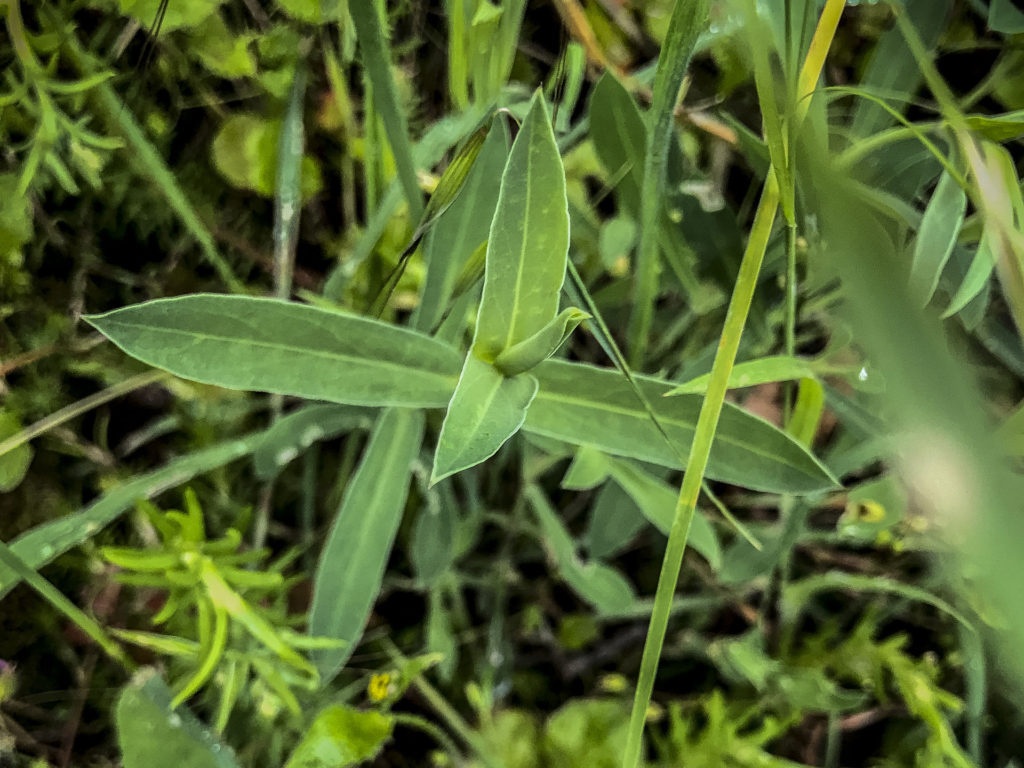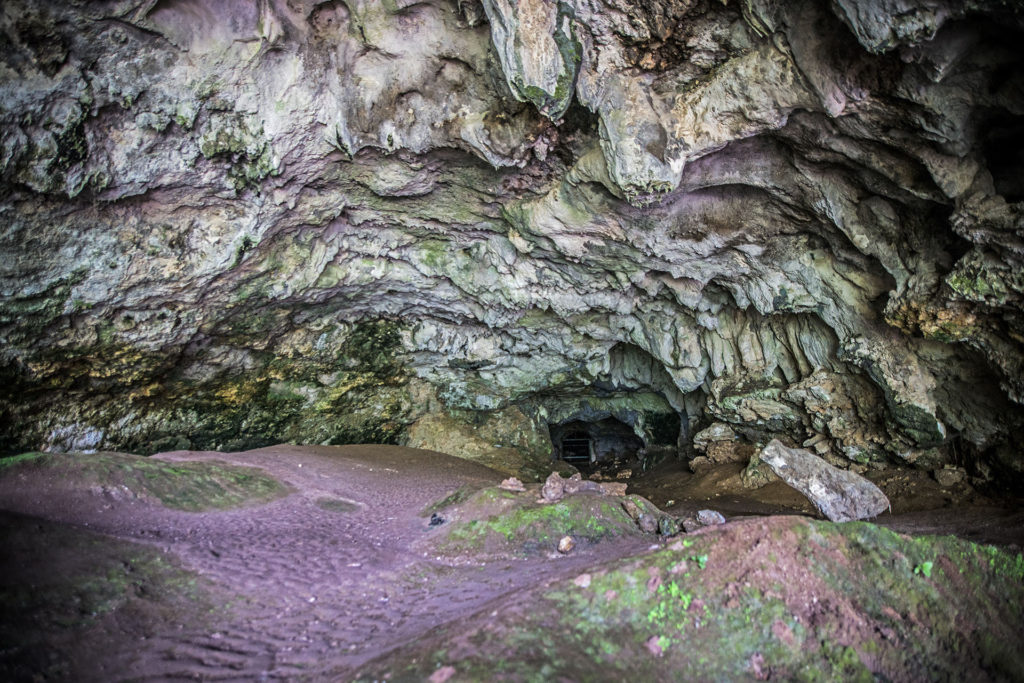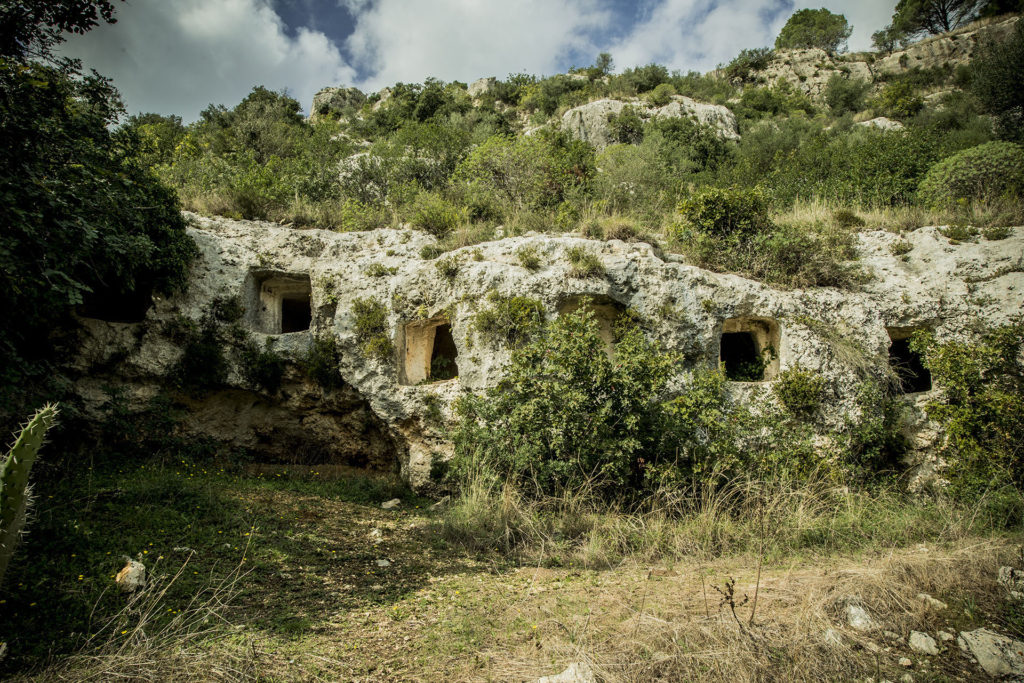The peaceful ponds of Pantalica are invaded by fragrant water mint, a strongly aromatic plant. It is the oldest of all the numerous species of mint.
The Romans had already discovered it and appreciated its qualities.
In that period, some sprigs of mint would be placed in sacks and jars of grain because the intense perfume bothered mice which otherwise would have attacked the grain intended for food.
Lesser calamint can be found in the meadows and among the rocks, another aromatic plant with a strong penetrating smell, which is very widespread and also used in cooking.
In Sortino this plant is frequently used in cooking, in particular to prepare a typical dessert called ‘nfigghiulata.

‘Nfigghiulata means “wrapped.” The puff pastry is wrapped around itself, after being stuffed, to create a very appetising loaf.
According to tradition, wild lesser calamint, oil, garlic and chilli are used as a condiment.
Sometimes cheese is added, such as ricotta, tuma and pecorino.
Blended together, the ingredients create a delicious cream which is stuffed into the dough before it is baked in the oven.
Near the northern Necropolis, there is the Grotta dei Pipistrelli (Bat Cave), the largest natural grotto in Pantalica.
 Those who enter this place no longer have daylight to guide them and must rely on their sense of hearing only. Its silence is interrupted by large drops of water falling from the stalactites and forming small puddles on the ground, and above all, by the noise of the bats, whose disorderly flight imitates the rustling of the wind.
Those who enter this place no longer have daylight to guide them and must rely on their sense of hearing only. Its silence is interrupted by large drops of water falling from the stalactites and forming small puddles on the ground, and above all, by the noise of the bats, whose disorderly flight imitates the rustling of the wind.
A trip to the Necròpolis of Pantalica is like a path through time.
Wherever the landscape is dominated by the limestone rock in a labyrinth of caves, caverns, ravines, canyons pierced by more than five thousand sepulchres.
Even today you can enter the necropolis and see the walls of ancient tombs and Byzantine houses with your own eyes, perceiving the complex stratification of history, upon contact with smooth and cold stone.
